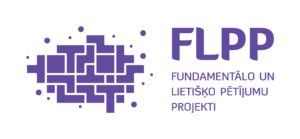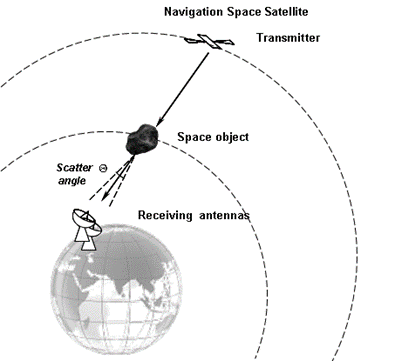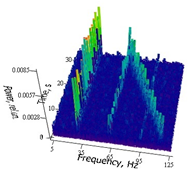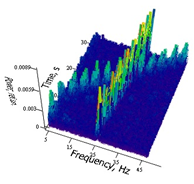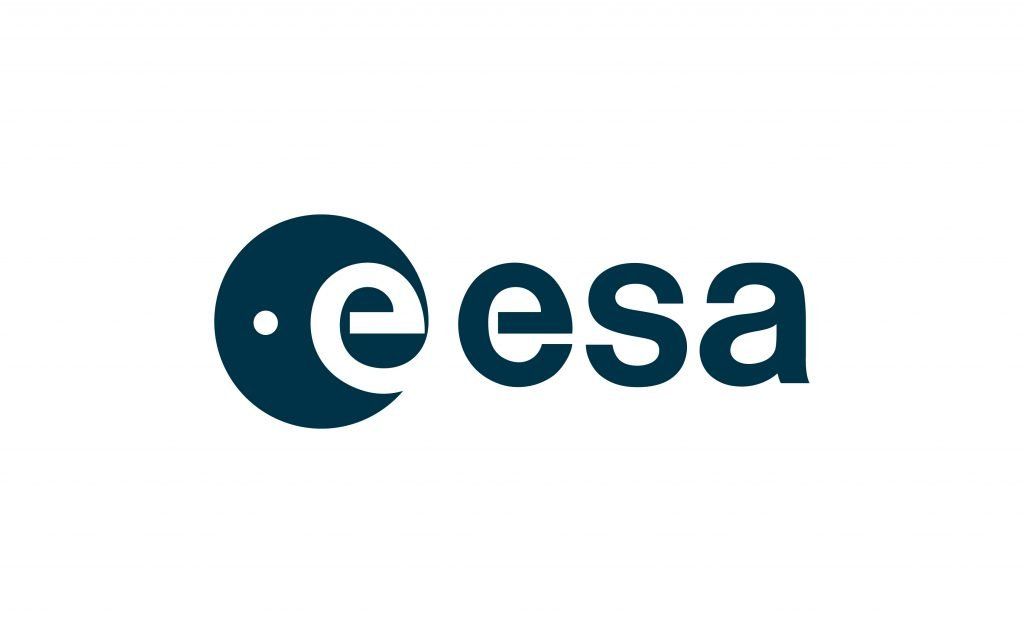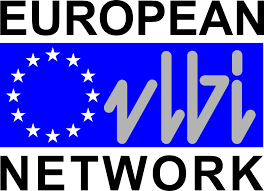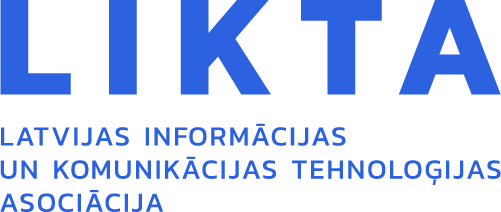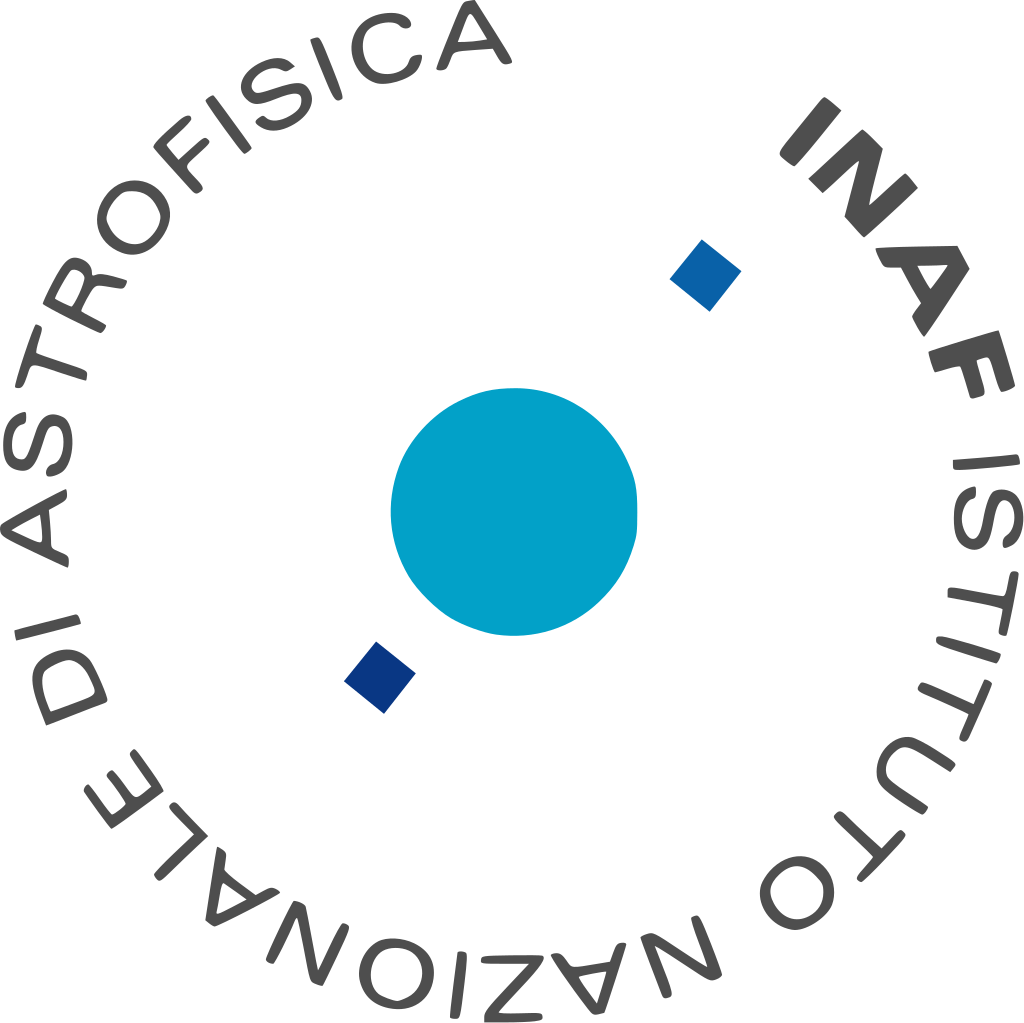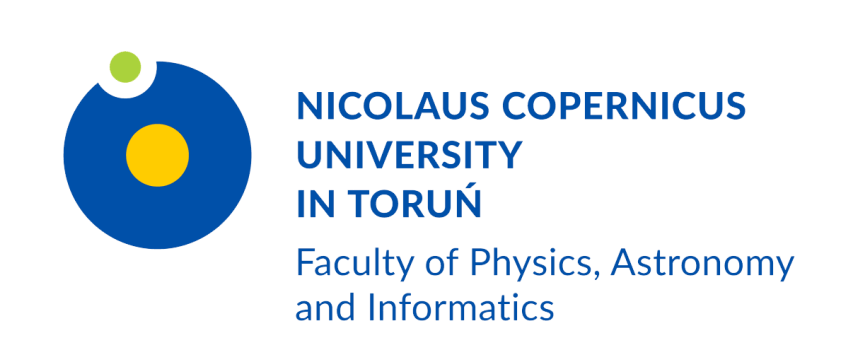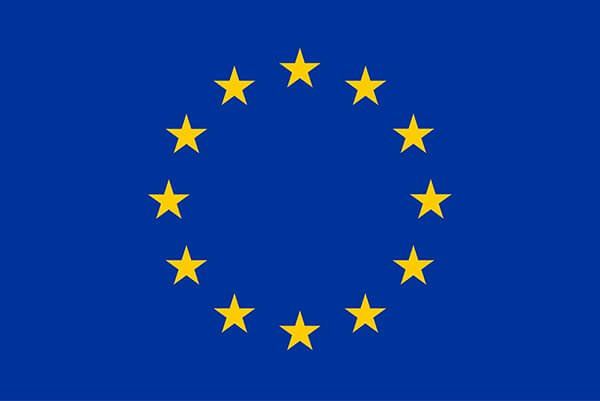This web page is created within BALTICS project funded from the European Union’s Horizon2020 Research and Innovation Programme under grant agreement No.692257.
Very-long-baseline interferometry (VLBI) application to detect objects in near and far space
July 20, 2021
From December 2020, Ventspils International Radio Astronomy Centre (VIRAC) is implementing the scientific project “The application of the forward scatter radar method for the detection of space objects”, No. lzp-2020 / 2-0101. The project researches, develops and evolves new radar methods with the aim of accurately determining the location positions of asteroids and comets approaching Earth.
One of the tasks of the project is to explore the application of a new and unique radar method based on radio wave scattering. This method is based on the applied effect that occurs when a bright celestial body illuminates the studied body, thus the energy is scattered along the line of sight forward, thus significantly increasing compared to the reflected energy. The developed method allows to detect space objects, regardless of its shape, material and radiation intensity. The “through-scattering” location method is implemented by combining radar VLBI technology and the scattering effect of electromagnetic radiation, involving bright space objects as transmitters in observations. By applying this method, the probability of detection of bodies that pose a threat to the Earth can be significantly increased, as well as the method allows to increase the observation distance at which the observation body would be identified.
During the last four months, VIRAC researchers have been working on the detection of space objects using the “through-scattering” location method, thus evaluating the effectiveness of the method in an experimental way. By July 2021, more than 15 experimental sessions were performed using the Irbene radio telescope complex in single station mode and interferometer mode. RT-32 and RT-16 VIRAC radio telescopes (using 32-meter and 16-meter parabolic antennas, respectively) and 1.6 GHz frequency band receivers were used in the experiments. In Figure No.1 the scheme of the experiment is displayed. The Global Navigation Satellite System (GNSS) GPS and Galileo satellites were used as radiation sources or transmitters in the experiments. During the experiments, using the “through-scattering” location method, observation lines “transmitter-receiver” (“transmitter” – a specific navigation satellite, “receiver” – Irbene radio telescopes) were created, thus space debris objects of different sizes were identified, as well as an International Space Station with a total geometric area of approximately 400 m2.
Figures No. 2 and No. 3 show one of the results obtained using the interferometer mode and observing a large fragment of space debris while crossing the “transmitter-receiver” location line. Images are shifted sequentially at 30-second intervals. Figure No. 2 shows the result of the observation before the moment when the fragment of the space debris crosses the “transmitter-receiver” location line, but Figure No. 3 shows the signal obtained at the moment when the fragment passes over the “transmitter-receiver” location. The figures show the power spectra of the interferometer signal, on the x-axis – frequency (Hz), on the y-axis – time (s) and on the z-axis – power in relative units. Two signals can be clearly distinguished from the obtained results: a signal with a slowly changing frequency, which represents the radiation of the satellite, and a signal, the frequency of which changes rapidly over time, thus representing a fast-flying space debris object.
During the experiments, a successful treatment result was obtained in more than 50% of the object observations, observing debris with different geometric areas, at different distances from the Earth and at different angular distances from the location line. The analysis of the obtained results will allow to develop recommendations on how to choose the optimal observation mode for various objects, as well as will allow to develop a methodology for detection of space objects with radio location based on the effect of radio wave scattering.
The research is implemented within the Latvian Council of Science Fundamental and Applied Research Project No. lzp-2020 / 2-0101 “The application of the forward scatter radar method for the detection of space objects”.
